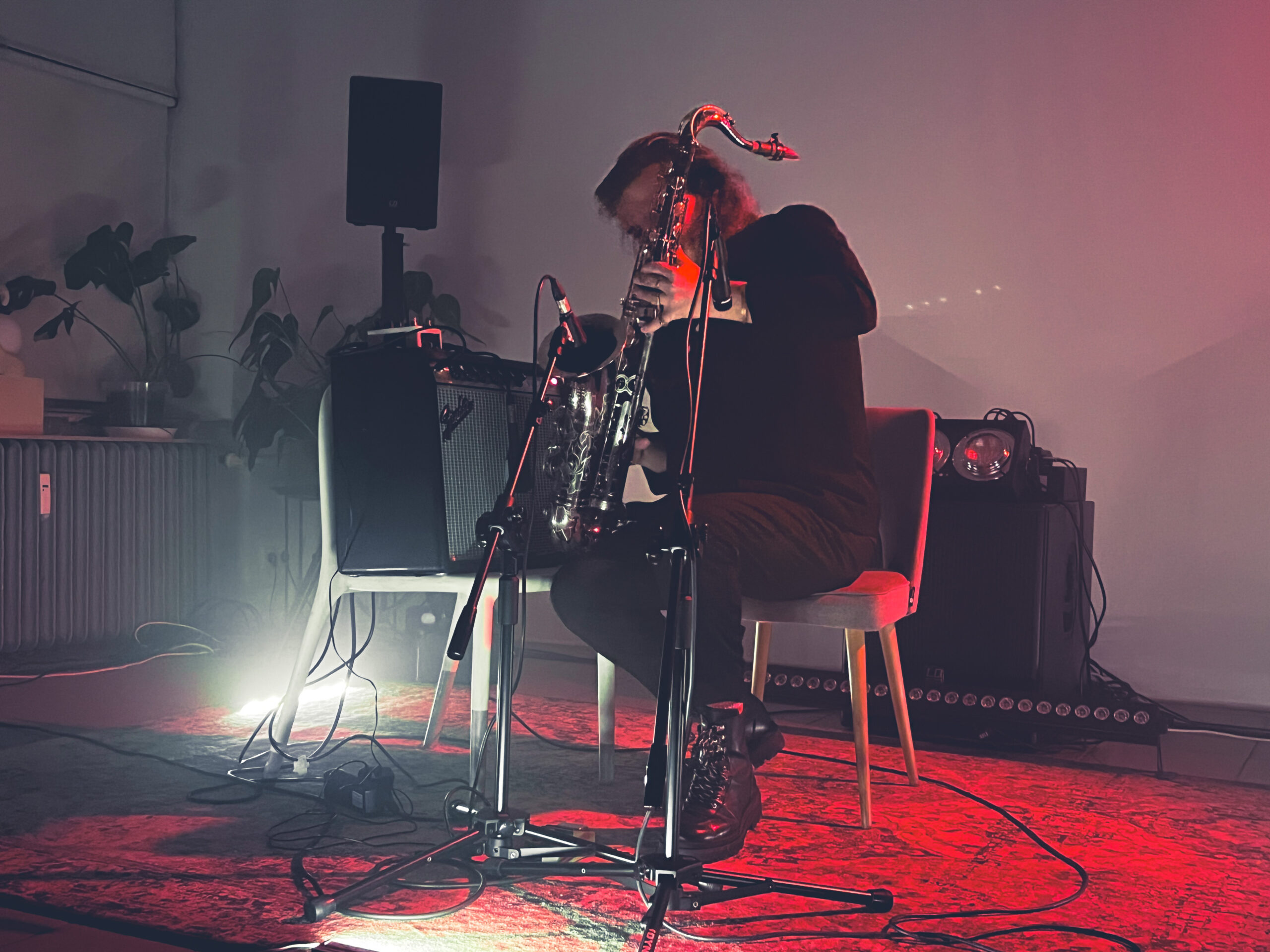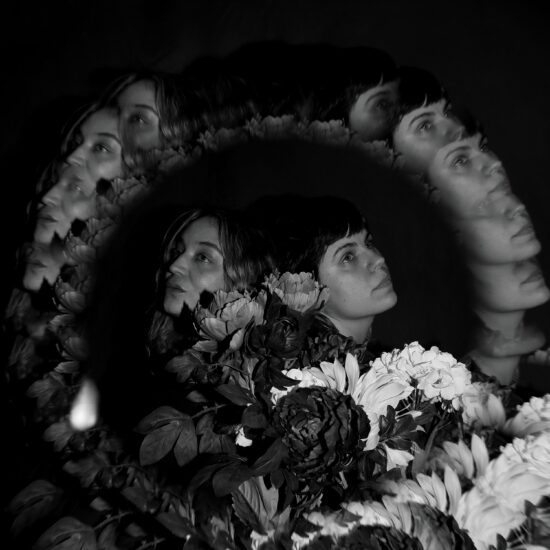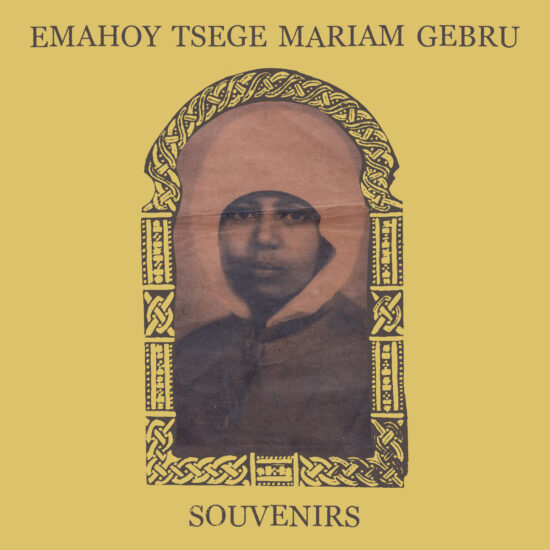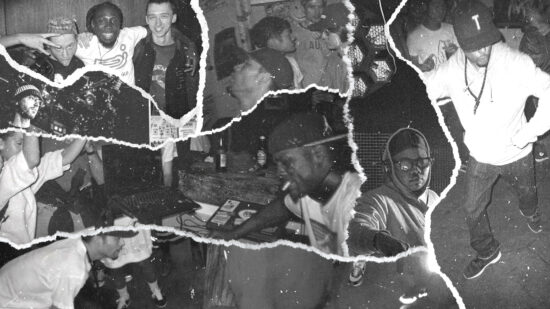During the November evenings at the Kolonia Artystów, I’ve heard how the sound of the banjo, accordion, and saxophone could be creatively transformed to show their identity and musical language anew.
The Kolonia Artystów (eng. Artist Colony) has been organizing the DNA concert series in autumn for several years. It takes its name from drone music, noise, and ambient genres, featured most often in its program. During this year’s concerts, I saw and heard three performances by artists who originated entirely elsewhere. Weston Olencki, Zbigniew Chojnacki, and Marek Pospieszalski take acoustic instruments as their starting point, which they process and deconstruct. This has resulted in unconventional concerts with a broad sound spectrum and diverse ideas for amplification or possible sound reinterpretations of the banjo, accordion, and saxophone.
Weston Olencki released Old Time Music a year ago, on which he used algorithms and new technologies to, among other things, create variations on the traditional banjo sound. The instrument first appeared in the 17th century in North America. To this day, the connotations associated with it lead primarily in the direction of bluegrass music, with many modern folk artists using it. Olencki, however, was looking for something other than a melody. In addition to the banjo, he brought a device that generated sound by striking the instrument’s strings in a programmed manner. So, on the one hand, the musician – a native of the USA, currently living in Berlin with Polish roots – produced looped motifs characteristic of the sounding instrument. On the other, he placed numerous objects on its membrane, which modulated the sound thanks to microphones. He also used electronic layers to add some background at one moment. The essence here was also to listen to the history and identity of the instrument, shown in a completely different way. A gentle start, a more dense development, which he brilliantly broke up with the indistinct radio recordings that encapsulated into a short but finely crafted dramatic whole in this multi-layered tale.
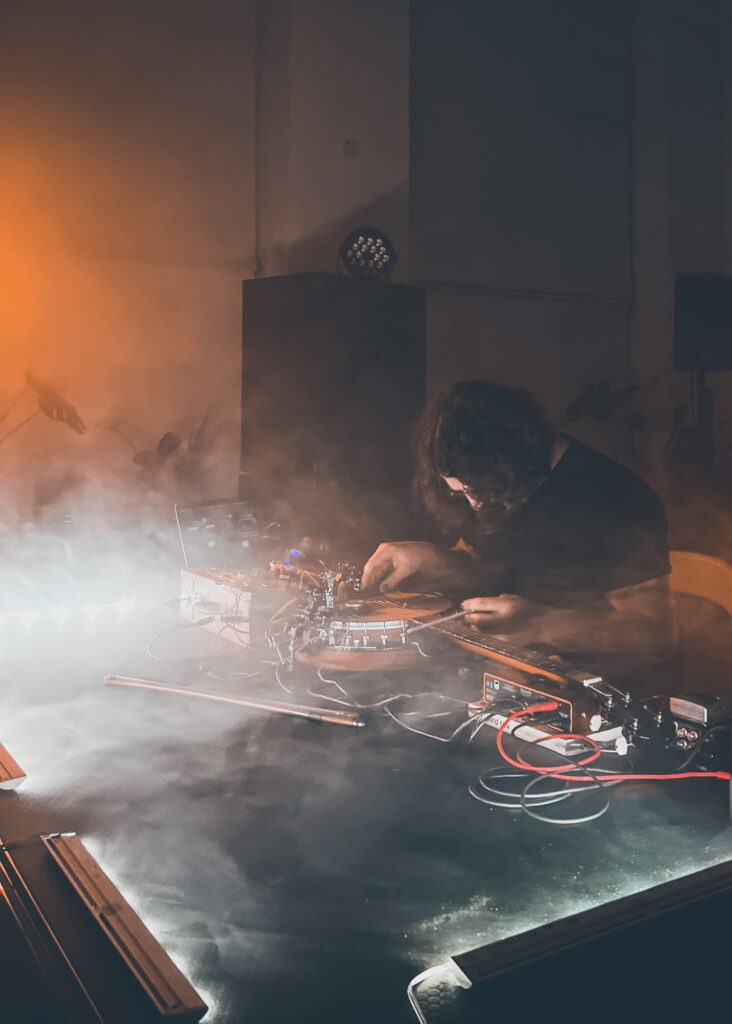
Weston Olecki, photo: Jakub Knera 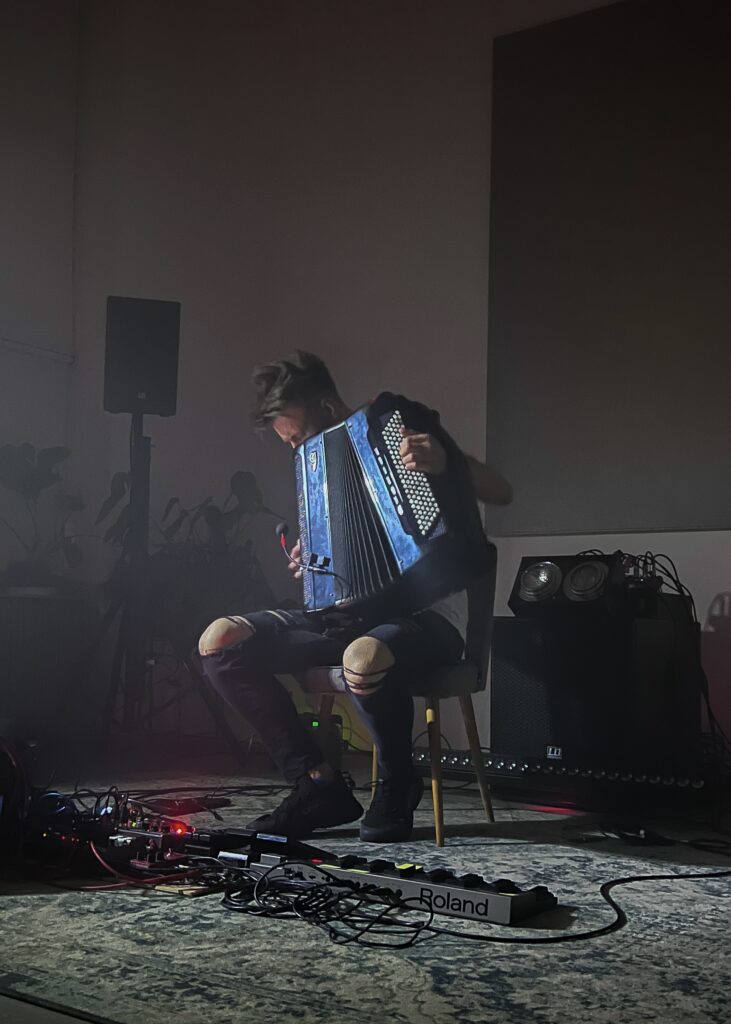
Zbigniew Chojnacki, photo: Jakub Knera
Zbigniew Chojnacki played the accordion – an instrument inextricably linked to the culture of Central and Eastern Europe, in Poland often present on the streets, but also firmly rooted in the context of Berlin at the turn of the 20th century, where it was the initiator of musical nights of social life. Chojnacki, however, departs far from its original sound and these connotations as he transforms and amplifies the instrument’s sound – on the one hand, by boosting it, on the other by layering it with effects. He puts his spin on the sonorism by tapping the keys or scrubbing the keyboard; sometimes, he shouts into the microphone. If the accordion has a distinctive folk or urban sound, it is closer to lively punk playing in Chojnacki’s case. Olencki’s concert was focused, full of detail, resonating on the edge of silence. Chojnacki played intensely, loudly, and sometimes a bit metal. At times, it was even too great, which meant that the essence of the instrument’s sound, the selectivity of sound, and the narration of the concert were lost, dominated by duplicated effects and intense expression.
Marek Pospieszalski played a few days later than those above – he sat on a chair next to two microphones and placed a guitar amplifier on the second seat next to him. He played half of the concert with hardly any blowing into the mouthpiece. He created the sound by coupling the microphone placed in the instrument bell, evoking elongated, droning bands, screeching harsh tones, less in jazz tradition but rather of rock or even metal. Pospieszalski is increasingly moving away from the classical jazz scene, as seen in his band, Maldiwy, on albums with the Octet, where he interprets the work of Polish composers. This year, he released the album Joyous, where he has sonically explored the instrument, enhancing its sound and electrifying and preparing it. But the recordings were barely a substitute compared to his live concert – especially when he turned on the effect, and the dense and loud music spread through the hall of the space. The metallic strands referencing the rock ethos of Gleen Branka were intense and gripping yet lacking in pathos. The saxophonist vigilantly painted various sonic textures, juggling and improvising with aliquots, details that intriguingly displayed the possibilities of his instrument at every second. Paradoxically, the jams came closest to the title DNA of the cycle.

